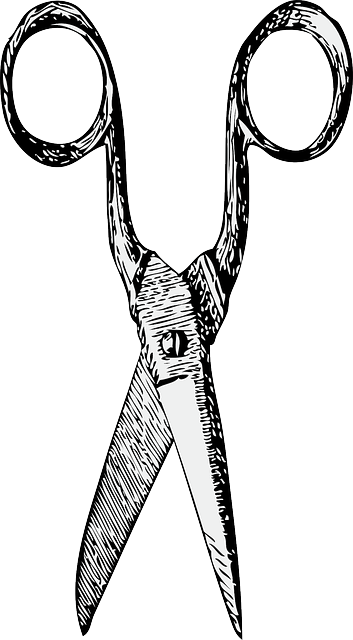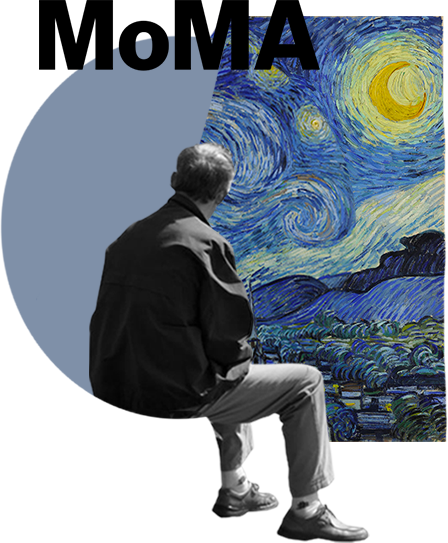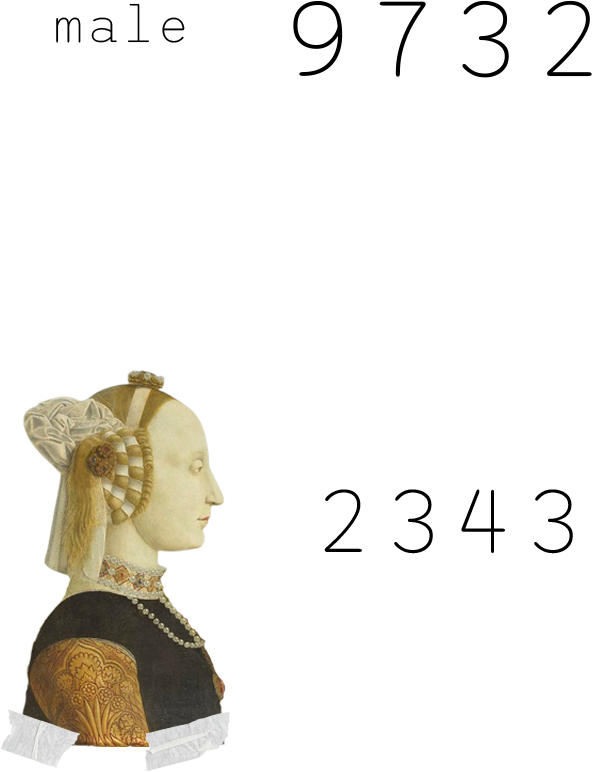


In 2021, their annual visitors count was:
ARTWORKS
When do artworks date back?
...And when were they acquired?
*2013 is the last year available about data acquisitions' information.
Which historical time periods are represented at the Museums?
What about the artists?
How many are they?
GENDER REPRESENTATION
Focus:
the most represented female artists
Where do artists come from?

Now that we have a general overview of what is inside our useums' collections,
we can delve into acquisition criteria over time.

In which years are artists' works mostly acquired?
We have already accounted for the total number of male and female artists. Let us now anlyse the gender of acquired artists in time. In this way, we will try to investigate in which ways the the gender gap changes, if it does.
For both museums, the gender composition is heavily unbalance towards male presence: the average percentage of male artists is of around 86% for both Museums (MoMA: 86%, Tate: 85.5%), with female contribution only reaching the 14%.
For both museums, the female artists' presence fluctuates throughout last century’s years, showing a mild and inconstant increase in its last decades.
However, the new millennium seems to bring slight improvements when it comes to representing women in arts.

We now considers artists’ nationalities throughout the years: in which proportion is each continent represented?
Does acquisition campaigns show different tendencies and patterns throughout the years, when it comes to the artists' nationality?
Although MoMA’s collection shows an overall greater international openness when it comes to artworks’ acquisition, the trend is similar in both museums: ever since the mid-1900s, inter-continental art presence grows and keeps steady.
The beginning of the new millennium marks a step forward when it comes to worldwide inclusiveness, with African art finally attaining a more significant place in the museums’ artworks acquisitions.

What historical periods are included in the collections?
Do different decades show different interests, when it comes to artworks’ dating?
To conclude, both museums obviously show in the new millennium a step towards the inclusion of 21th century artworks.
It is said that "life imitates art".
And art, life.
Art institutions, too.













